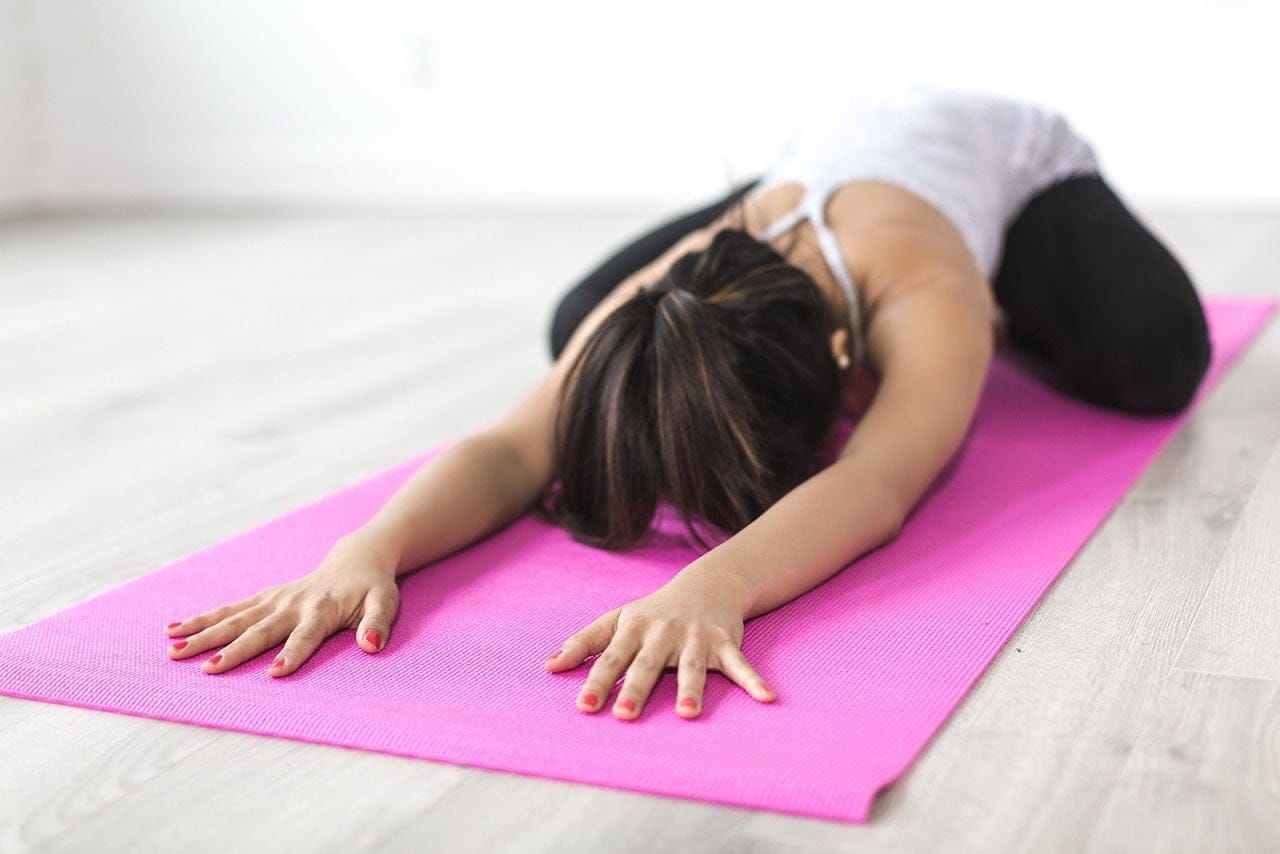
Sitting for long periods often leads to poor posture, causing stress on the back muscles and spine. Our bodies adapt to this posture, resulting in reduced mobility and muscle tension. Lack of movement exacerbates these issues, causing pain in the back, neck, and hips. Regular breaks and better sitting habits can help, but incorporating tools like foam rollers can be significantly beneficial.

Foam rolling is an effective self-massage technique that targets muscle and fascial tension, commonly referred to as trigger points. These trigger points often develop from prolonged sitting and can cause discomfort in the neck and back. Foam rolling helps release these tensions, improving flexibility and overall muscle health, making it a great practice for those who sit for extended periods.

A study involving 59 participants explored the effectiveness of foam rolling after prolonged sitting. Participants were split into two groups: one performed an eight-minute self-massage with a foam roller, while the other simply stood up. The results showed that the foam rolling group experienced significant muscle tension reduction compared to those who just stood. Over 90% of participants found foam rolling helpful and planned to continue the practice.

Incorporating foam rolling into your routine can significantly benefit those who sit for long periods. However, it’s essential to combine it with other preventive measures such as regular breaks, stretching, and maintaining good posture. By addressing the root causes of muscle tension, foam rolling can be a valuable tool in reducing back pain and enhancing overall well-being.

Conclusion
Incorporating foam rolling into your routine can significantly benefit those who sit for long periods. However, it’s essential to combine it with other preventive measures such as regular breaks, stretching, and maintaining good posture. By addressing the root causes of muscle tension, foam rolling can be a valuable tool in reducing back pain and enhancing overall well-being.
It’s recommended to use a foam roller at least 2-3 times a week to effectively relieve muscle tension and prevent back pain.
No, foam rolling should complement stretching exercises for the best results in relieving muscle tension and improving flexibility.
Foam rolling is generally safe, but individuals with certain conditions like osteoporosis or severe back pain should consult a healthcare provider first.
A typical foam rolling session should last between 5 to 10 minutes, focusing on the areas of tension.
Yes, you can foam roll daily, but ensure to listen to your body and avoid overdoing it to prevent muscle soreness.
Beginners should start with a softer foam roller to avoid discomfort and gradually progress to firmer ones as they get used to the pressure.
Yes, foam rolling can help alleviate pain in various parts of the body, including the neck, shoulders, and legs.
Also interesting
Comprehensive Guide to Trigger Point Massage and Its Benefits
Learn about the benefits of trigger point massage, how it works, and the differences between...
Effective Foam Rolling: Relieve Back Pain from Prolonged Sitting
Discover how foam rolling can alleviate back pain caused by long periods of sitting. Learn...
Comprehensive Guide to Treating and Preventing Runner’s Knee (ITBS)
Learn about the symptoms, causes, and effective treatments for runner’s knee (ITBS). Discover practical tips...
Understanding and Managing Herniated Discs: Comprehensive Guide
Learn about the symptoms, causes, and effective treatments for herniated discs. Discover practical tips to...
Effective Tips to Relieve and Prevent Neck Pain – Comprehensive Guide
Discover the causes, symptoms, and remedies for neck pain. Learn practical tips to alleviate and...
Understanding and Relieving Chest Pain: Causes, Symptoms, and Solutions
Discover the causes and symptoms of chest pain and learn effective methods to relieve discomfort....
Effective Strategies to Relieve and Prevent Knee Pain – Comprehensive Guide
Explore the causes, symptoms, and remedies for knee pain. Learn practical tips to alleviate and...
Complete Guide to Managing Hip Pain: Causes, Symptoms, and Treatments
Hip pain can be a debilitating condition, affecting your daily life. This comprehensive guide covers...













